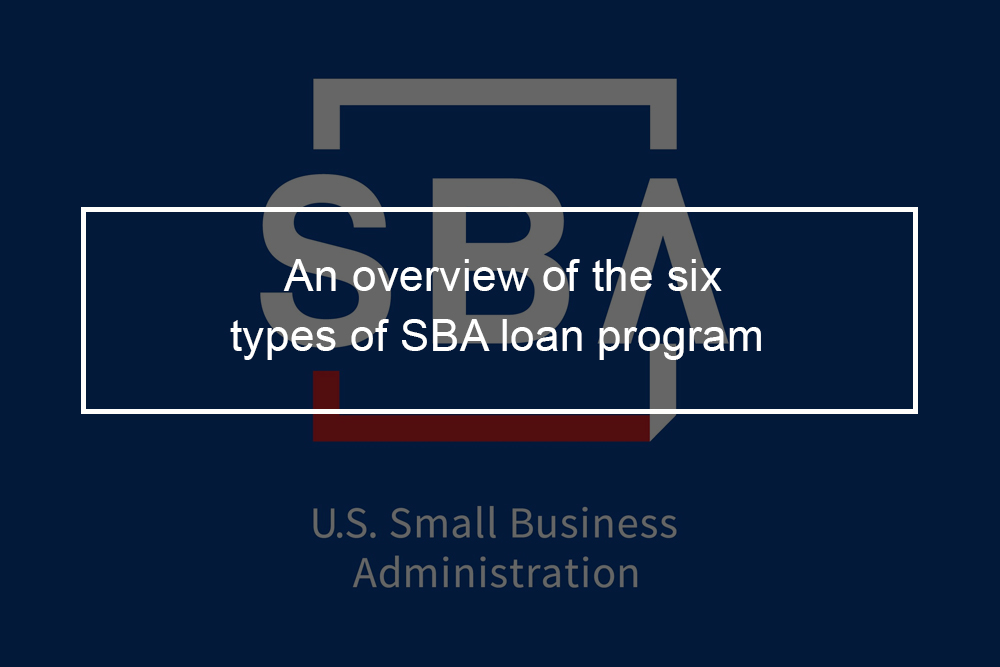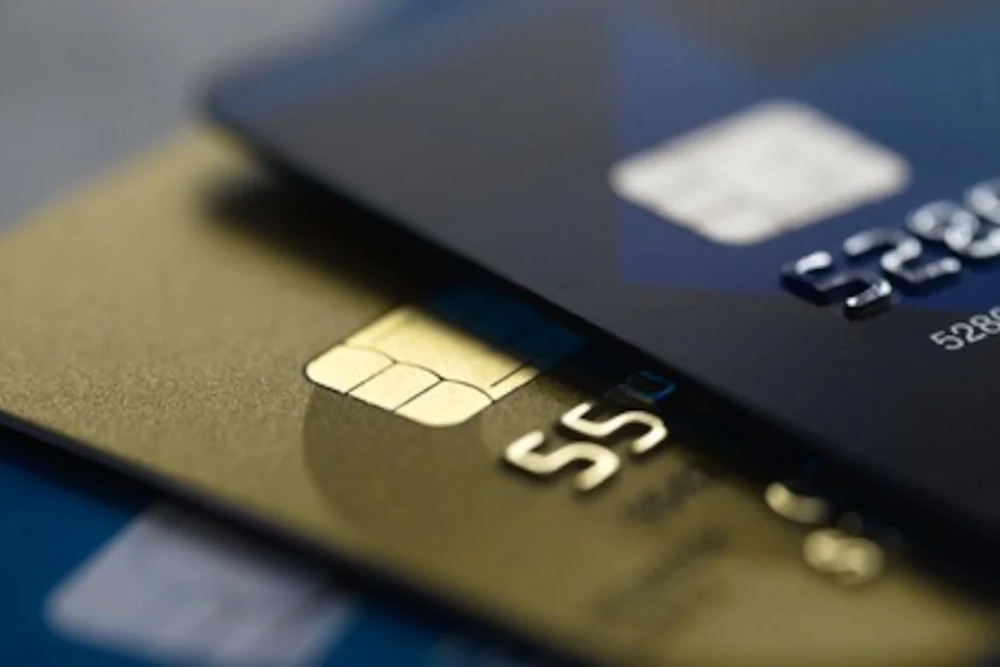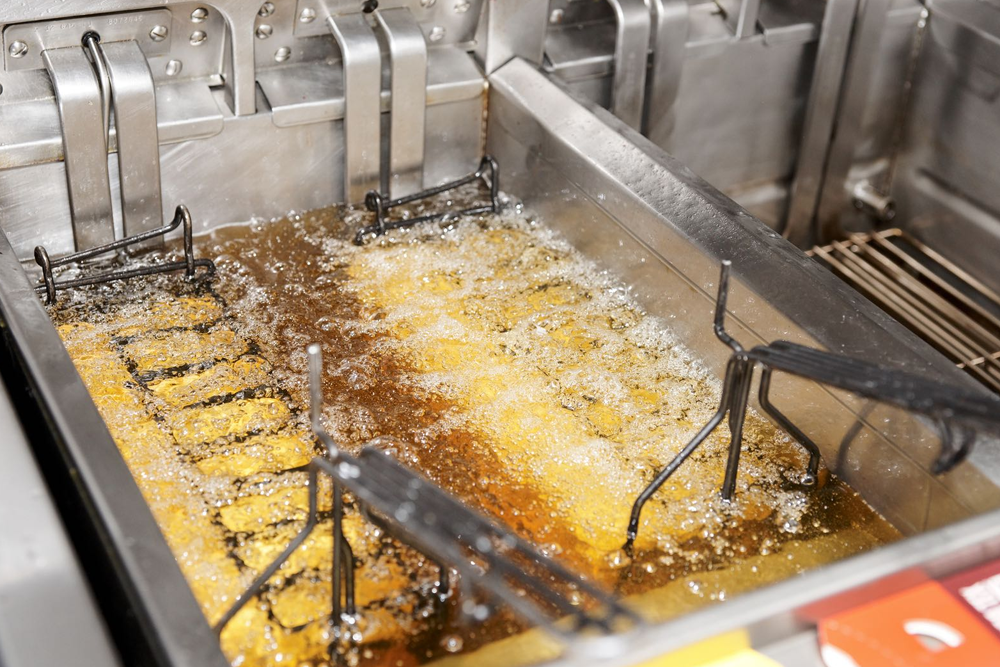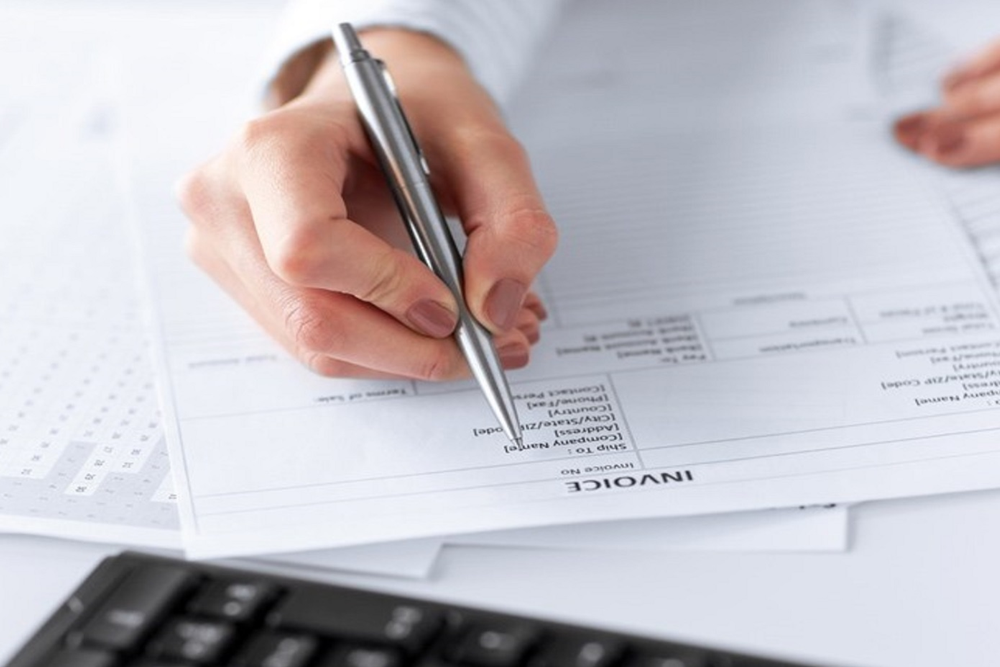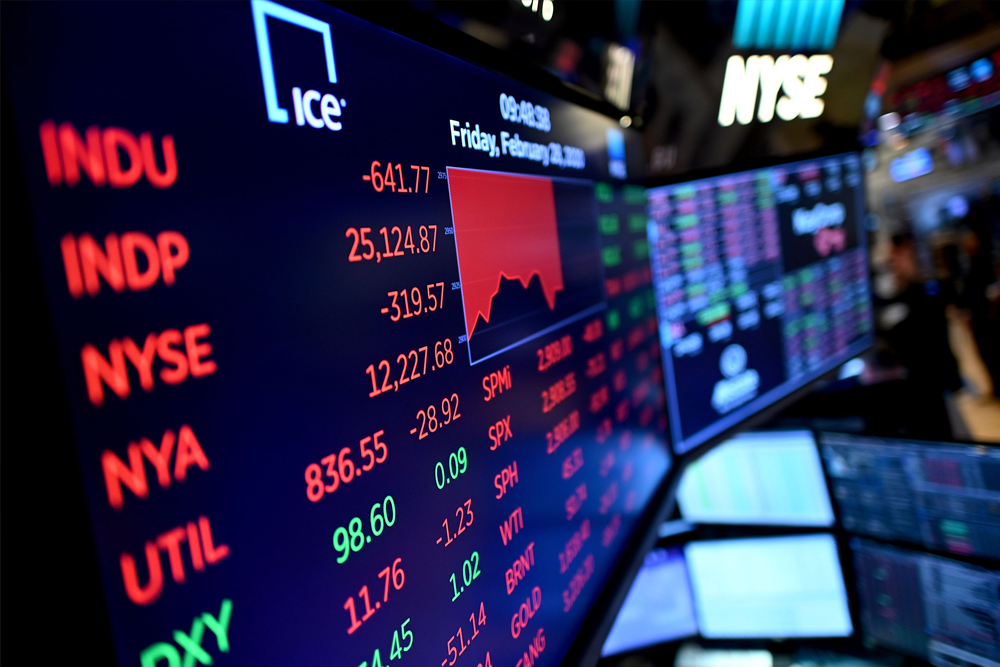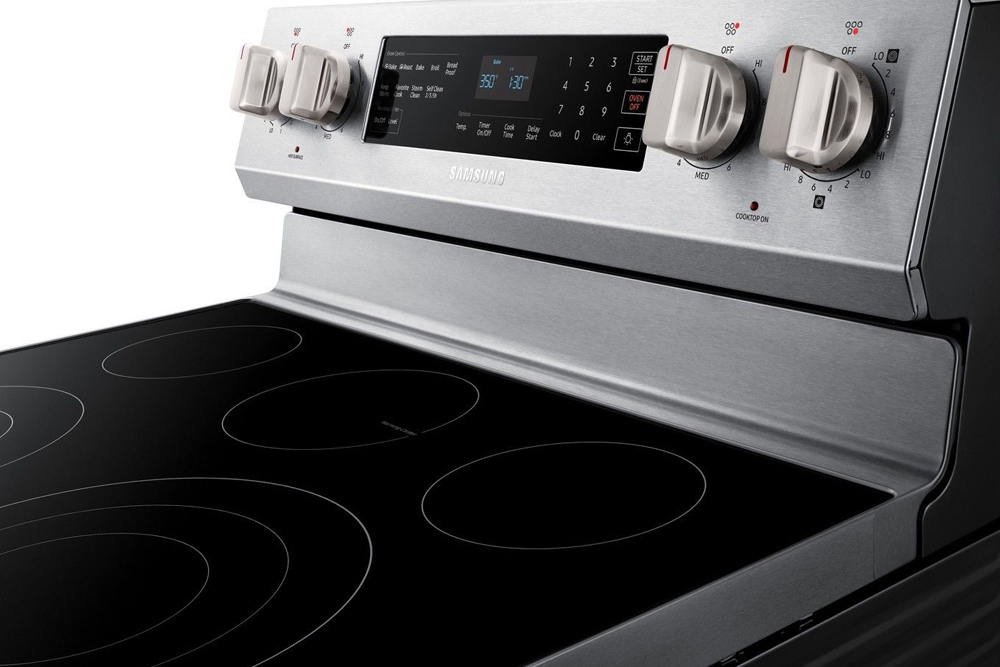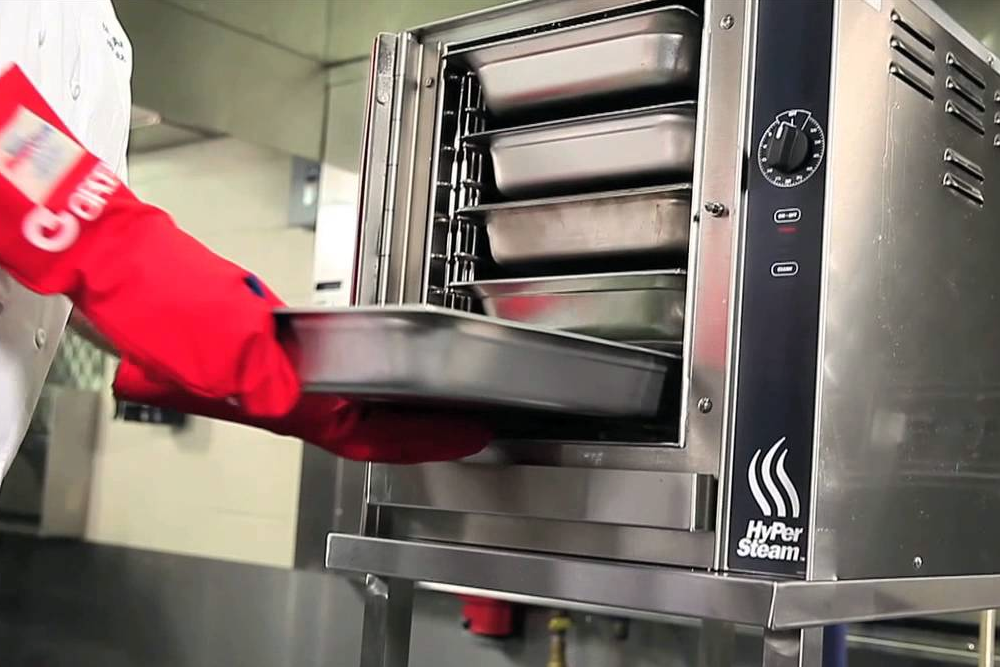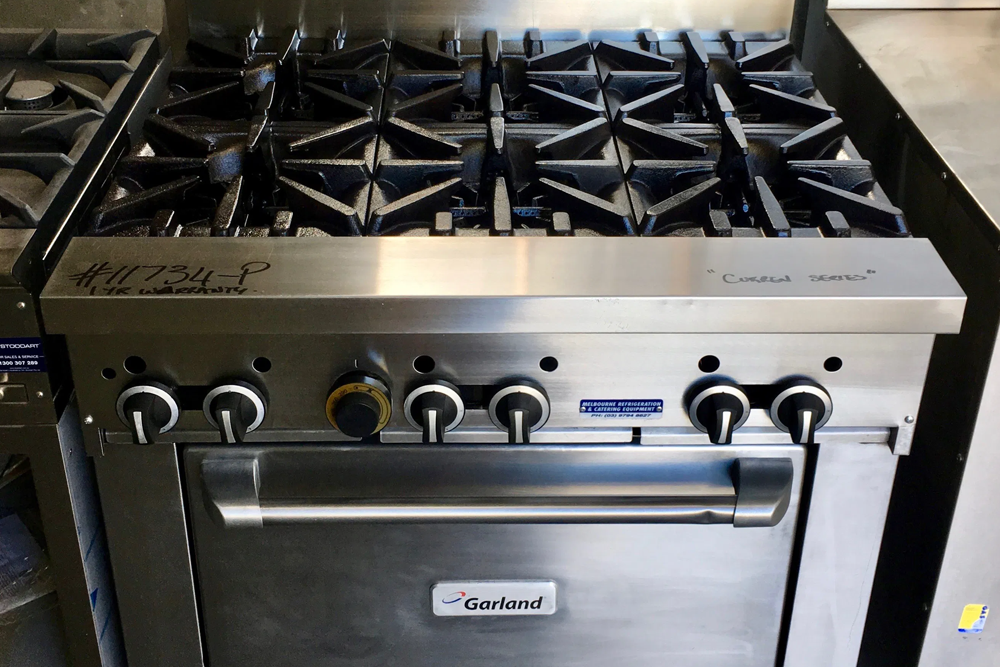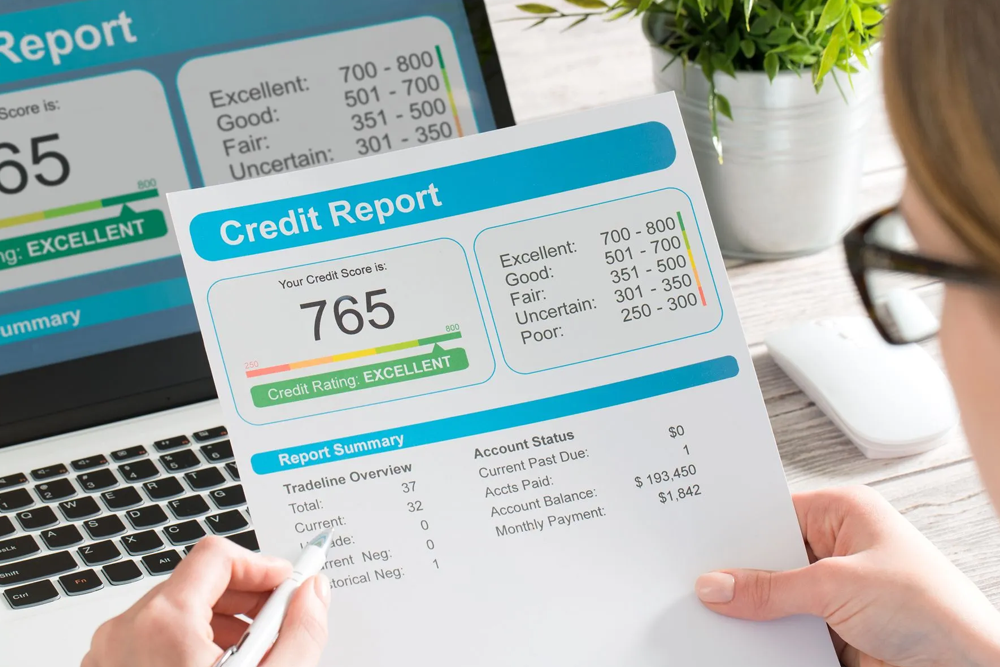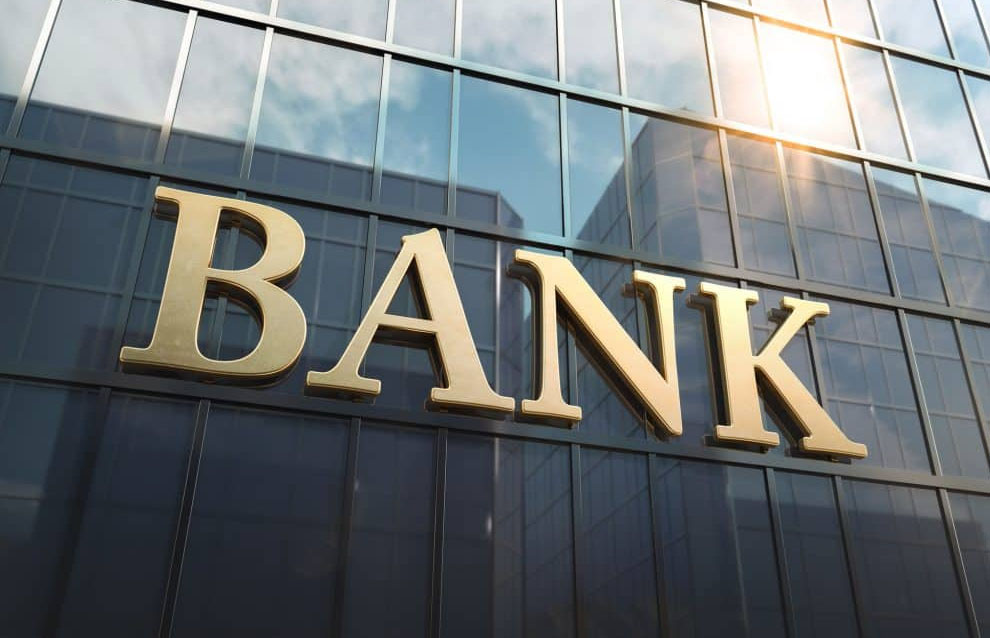Small businesses represent the American Dream. A successful small business does not translate to success for just one-person; small businesses provide jobs and fuel local economies. When small businesses have the opportunity to grow and thrive, everyone wins. And that is why organizations such as Small Administration (SBA) exist.
SBA is a government agency that offers the tools and resources required to assist business owners to succeed. From education material to training sessions, the SBA provides resources and advocates for small businesses. The SBA has also become popular among entrepreneurs for one big piece of the small business puzzle: funding. Through its loan programs, the SBA offers affordable and flexible loan options for everything from expansions to new business acquisitions. If you want to take your small business to the next level and require the capital to get there, you can’t go wrong with an SBA loan plan. However, where do you start?
Loan programs provided by the SBA
SBA 7(a) loans
Typically, SBA 7(a) is the most popular type of SBA funding. These loans are provided in amounts up to $5 million and can be used for equipment, real estate, purchasing a business, refinancing debt, and working capital. The two most popular loans of this program include SBA Advantage Loan and SBA Express Loan. SBA 7(a) programs can be utilized for almost any business purpose. These loans are famous because of their low-interest rates and long repayment terms, which makes them one of the most inexpensive working capital solutions available to small businesses. Here are the basics of SBA 7(a).
- Loan amounts up to $5million.
- Interest rates 7.50 to 10 percent.
- Repayment terms can run up to ten years for working capital loans and up to twenty-five years for commercial real estate loans.
- The minimum requirements include 10 to a 20-percent down payment and 680 credit score and some collateral (loan does not have to be fully collateralized).
- Uses of loan proceeds include: refinance debt, equipment purchases, working capital, leasehold improvements, purchase a commercial real estate or buy a franchise or business.
CDC/SBA 504 loans
The CDC/SBA 504 loan program offers SBA loans to small businesses looking to buy or build owner-occupied commercial real estate. This plan pairs two lenders together to fund these projects: a community development corporation, a traditional lender, or a bank. The bank lends up to 50-percent, the CDC lends up to 40-percent, and the remaining 10-percent of the project’s costs will come from the borrower, generally in the form of a cash down payment.
CDC/SBA 504 loans need that the business occupies at least 51-percent of the commercial space. Whereas this is a great opportunity to rent out 49-percent of your new building to tenants, this kind of SBA loan is only suitable for businesses that actually expect to occupy the space themselves. To be regarded as eligible, your small business must meet the SBA’s basic eligibility qualifications, like being a United States business operating on a for-profit basis. Here are the fundamentals of DC/SBA 504 loans:
- The interest rates range from 3.4 to 3.65 percent.
- Loan amounts from $14 to $12 million.
- The repayment terms range from ten to twenty years.
- The minimum requirements include: 680 credit score, 10-percent down payment, meet job creation or public policy goals, and the real estate must be at least 52-percent owner-occupied.
- The use of loan proceeds includes purchase of other fixed assets, construction, owner-occupied commercial real estate purchase, or renovation.
SBA CAPLines loan program
The SBA CAPLines program provides four SBA loans or lines of credit products that are created to offer up to $5 million to assist small businesses in meeting their cyclical working capital and short-term needs. SBA CAPLines are ideal for businesses that require a revolving line of credit to make recurring payments or to prepare for unexpected expenses.
Whereas technically SBA CAPLines can be issued as standalone items, generally, these are only provided to borrowers together with a traditional SBA 7(a) loan or CDC/SBA 504 loan. Qualified borrowers or those businesses that have the potential to bring in a great deal of other business to a bank might be able to get a lender inclined to issue a standalone CAPLines of credit; however, this is less popular. Generally, SBA CAPLines loan programs look like.
- The interest rate ranges from 5 to 10 percent.
- Loan amounts up to $5 million.
- The payment terms can be up to ten years for working capital, seasonal and contract CAPLines, or up to five-years for builder CAPLines.
- Minimum requirements include: (The same as with SBA 7(a) loans plus.
- At least one year of operations and a demonstrated trend of seasonal selling activity for seasonal.
- Must generate accounts receivable and have inventory for working capital.
- When it comes to the contract, the borrower must demonstrate experience, ability to perform the work, profitability, and complete the contract.
- Be contractors centered on construction or home building with demonstrated experience, ability to perform the work, and complete it and profitability.
- Use of loan proceeds: support seasonal or short term working capital needs; fulfill contracts or buy orders, and perform construction renovations on eligible projects.
SBA Export Loans
Export loans are part of the SBA loan program up to $5 million created to help Americans small businesses expand their export activities, enter new foreign markets, and engage in international transactions. These loans are aimed at businesses engaging in international business and growing their businesses in those regions.
The SBA provides three types of export loans that offer businesses with international trade funding and export working capital. With SBA export funding, businesses can get financing that might not otherwise be available from a traditional loan or other sources. nThe three SBA export loan programs are Internal Trade, Export Working Capital, and Export Express. The fundamentals of SBA Export loans include:
- The interest rate for SBA Export Working Capital is 6 to 10-percent (no SBA limit but monitored for reasonableness); SBA Export Express is 9.75 to 11.75-percent, and international Trade interest rate is 7.5 to 10-percent.
- For loan capital SBA Export Working Capital is up to $5million; SBA Export Express is up to $500,000, and International Trade is up to $5 million.
- The use of loan proceeds includes developing or expand small business international trade and exporting.
- Minimum requirements include 680 credit score, For Export Express, the business should be at least one year old, and business should be engaged in exporting services or goods to foreign countries.
- Repayment terms for SBA Export working capital are up to three years ( generally 12 months); for SBA Export Express is up to 7 years for a line of credit (same as SBA a for a term loan ten to twenty-five years), and for International Trade is up to ten to twenty-five years (same as SBA 7(a)).
SBA Microloan Program
The SBA Microloan plan offers SBA loans to nonprofit intermediary lenders that, in turn, lend amounts below $50,000 to nonprofit childcare centers and for-profit small businesses. The SBA does not assure any portion of the loans made under the SBA Microloan plan. Generally, Microloans have terms up to six years, and the standard loan amount is roughly $13,000.
Here is what to expect from the SBA Microloan Program
- Interest rate: 8 to 13-percent
- Loan amounts of up to $50,000
- Repayment terms- up to six years
- Minimum requirements: Nonprofit childcare centers are eligible in some cases; generally need to have some collateral; and 640 credit score
- Use of loan proceeds include: cannot be used to refinance the debt or buy real estate but can be used to start or expand a small business
SBA Disaster loans
SBA disaster loans are SBA loans utilized for recovery from a declared economic or physical disaster. Every disaster loan can be used differently, and you can apply for several types of loans at the same time to meet your business needs. These loans are best for businesses that have been negatively affected by a disaster and can offer evidence of the negative impact.
Generally, there are three types of SBA disaster loans that offer borrowers a source of gap financing after other resources such as insurance have been depleted. Companies of all sizes and most private nonprofit companies meeting basic qualifications, like a good credit (credit score of at least 600) and capable of repaying, are eligible to apply for financing of up to $2 million. Let us look at the basics of SBA disaster loans:
- The interest rate ranges from four to eight percent
- Loan amounts up to $2 million
- Repayment terms can go up to thirty years
- The minimum requirements include a 660 credit score; for military reservist loans, an essential staff must have been called to active duty; and your business must have suffered economic or physical damage from a disaster.
- Use loan proceeds include: operating expenses, working capital, and repairing or replacing any damaged property.
Hopefully, you now have sufficient information about all the six primary types of SBA loan programs to assist you in deciding which SBA loan is best for you.

